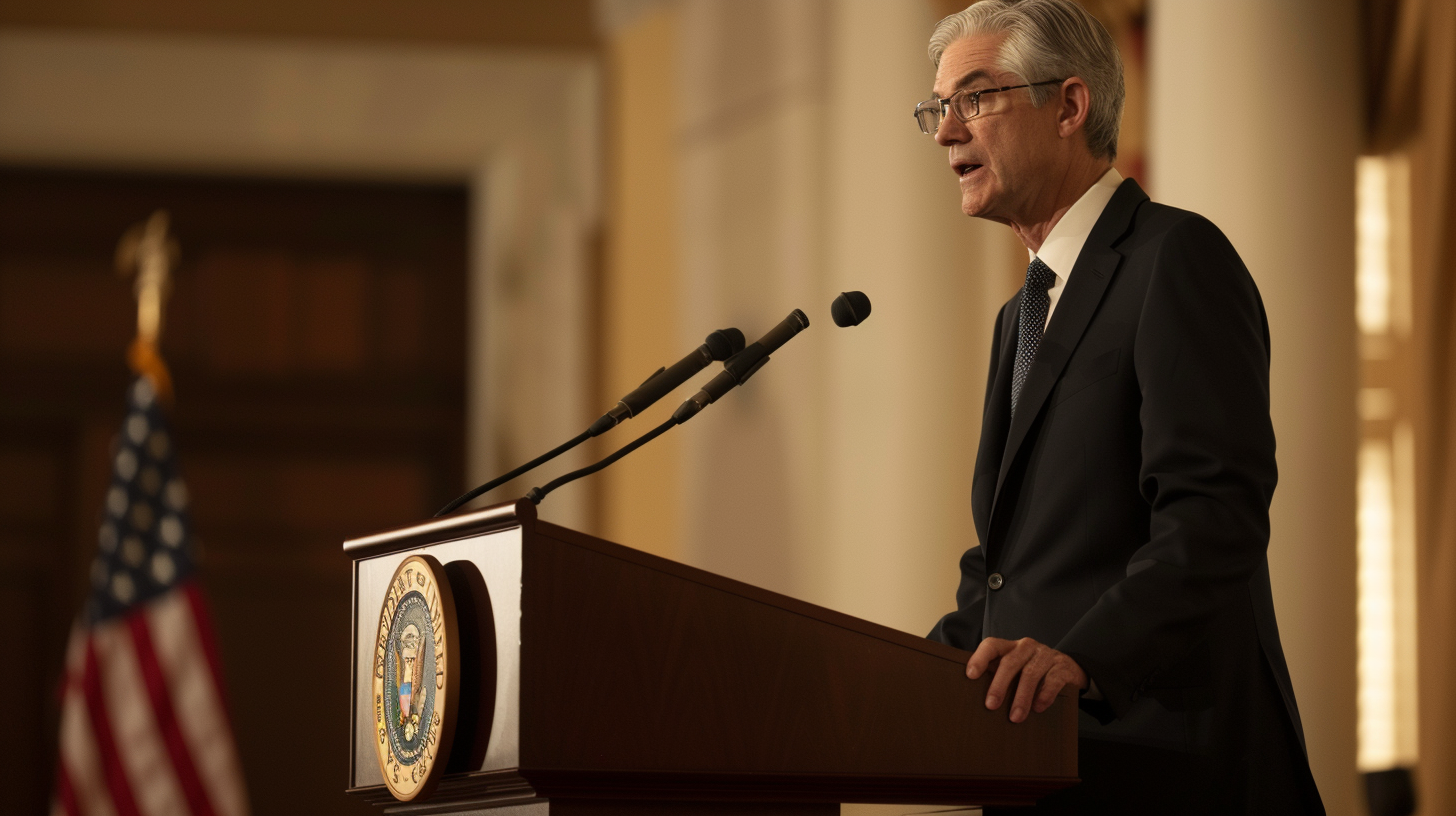| Key Points: – October’s Core PCE rose 0.3% month-over-month, mirroring September’s figures, with annual growth at 2.8%. – Despite a market-anticipated December cut, the Fed remains cautious due to stagnant inflation progress. – November’s CPI and PPI reports will heavily influence the Fed’s December policy decision. |
The Federal Reserve’s preferred measure of inflation, the Core Personal Consumption Expenditures (PCE) index, showed little movement in October, raising concerns about whether progress toward the Fed’s 2% inflation target is stalling.
The Core PCE, which excludes volatile food and energy costs, increased 0.3% from the previous month, matching both September’s reading and Wall Street’s expectations. On an annual basis, core prices rose by 2.8%, a slight increase from 2.7% in September. Overall PCE rose 2.3% year over year, up from September’s 2.1%.
This “sideways” trend, as described by S&P Global Ratings chief economist Paul Gruenwald, adds complexity to the Fed’s plans. “Unless there’s a more convincing decline in core PCE, the Fed will likely pause before cutting rates further,” Gruenwald noted.
The data follows other mixed inflation indicators. The Consumer Price Index (CPI) showed a stable 3.3% annual gain for three consecutive months, while the Producer Price Index (PPI) saw a slight uptick, climbing from 2.8% in September to 3.1% in October.
Federal Reserve Governor Michelle Bowman expressed caution, stating, “While we’ve seen progress since 2023, the last few months indicate a stall in momentum.” She advocated for a careful approach to rate adjustments.
Despite these concerns, markets remain optimistic. The CME FedWatch tool shows a 67% probability that the Fed will cut rates at its December meeting.
The Fed’s rate decision on December 18 hinges on upcoming inflation reports. Analysts suggest November’s CPI and PPI data will play a crucial role. Oxford Economics chief economist Ryan Sweet remains confident: “The Fed will likely proceed with a rate cut despite the recent inflation plateau.”
The next few weeks will test the Fed’s resolve as it balances stalled inflation momentum against market expectations for easing monetary policy.
